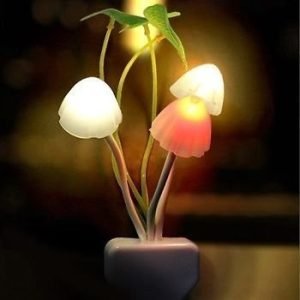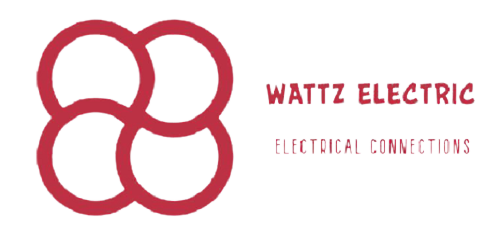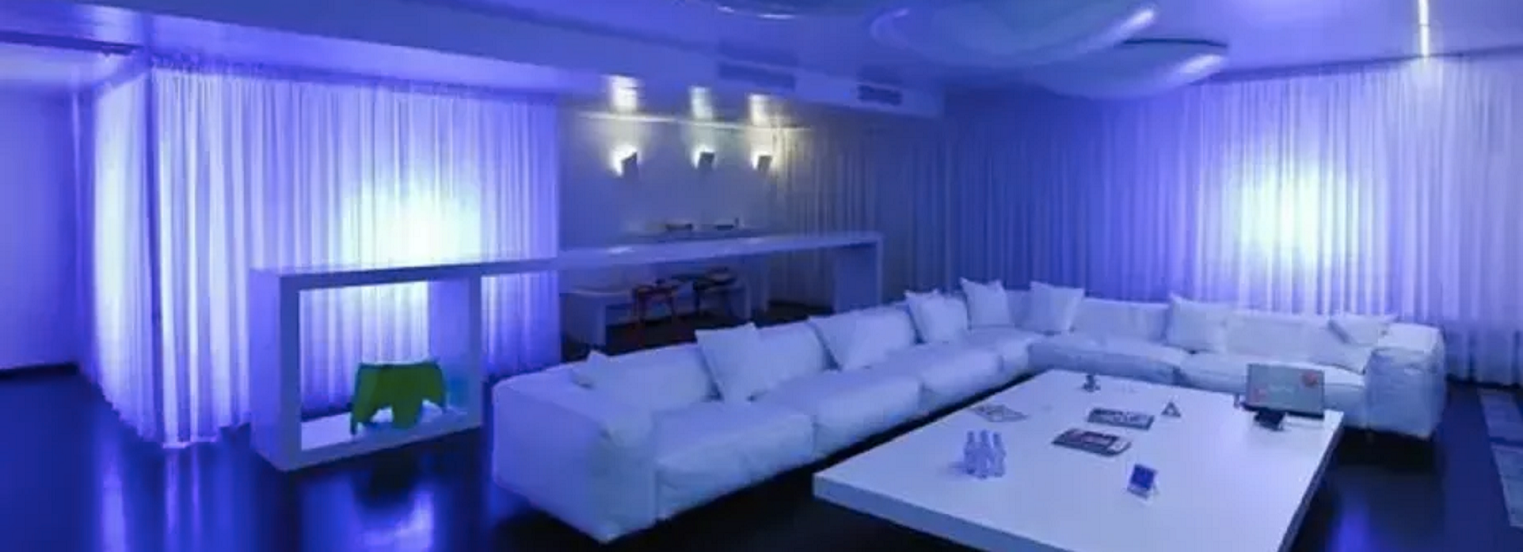How much do we know about it…
LED stands for Light-Emitting Diode. LED lights are lighting fixtures that utilize semiconductor diodes to produce light. Unlike traditional incandescent bulbs, which rely on a heated filament to generate light, LEDs produce light through the movement of electrons in a semiconductor material.
The basic structure of an LED consists of a semiconductor chip placed on a heat-conducting material, surrounded by an epoxy lens or cover. When an electric current passes through the semiconductor material, electrons are energized and move across the diode junction. As the electrons move, they release energy in the form of photons, which creates visible light.
LED lights offer several advantages over traditional lighting technologies. They are highly energy-efficient, consuming less electricity to produce the same amount of light. LED bulbs also have a long lifespan, lasting significantly longer than incandescent or fluorescent bulbs. They are available in various colors and can be dimmed to create different lighting effects.
LED lights are commonly used in homes, offices, commercial buildings, outdoor lighting, automotive lighting, and many other applications. They are preferred for their energy efficiency, durability, instant lighting, and design flexibility. LED technology has rapidly advanced in recent years, leading to increased adoption and a wide range of LED lighting options available on the market.
Pros…
LED bulbs offer several benefits when used in homes. Here are some of the key advantages:

- Energy efficiency: LED bulbs are highly energy-efficient compared to traditional incandescent or fluorescent bulbs. They consume significantly less electricity to produce the same amount of light, resulting in reduced energy bills and a lower carbon footprint.
- Long lifespan: LED bulbs have an exceptionally long lifespan compared to other types of bulbs. They can last up to 25 times longer than incandescent bulbs and several times longer than fluorescent bulbs. This longevity reduces the frequency of bulb replacements, saving money and reducing waste.
- Cost savings: Although LED bulbs have a higher upfront cost compared to incandescent bulbs, their long lifespan and energy efficiency translate into substantial cost savings over time. The reduced energy consumption and lower maintenance expenses make them more economical in the long run.
- Environmental friendliness: LED bulbs are environmentally friendly due to their energy efficiency and lack of hazardous materials. Unlike compact fluorescent bulbs, they do not contain mercury, making them safer for disposal. LED technology also reduces greenhouse gas emissions associated with electricity generation.
- Durability: LED bulbs are durable and resistant to shock, vibrations, and temperature changes. They are less prone to breakage compared to incandescent bulbs, which have delicate filaments. This durability makes them suitable for various applications, including outdoor lighting.
- Instantaneous lighting: LED bulbs provide instant and consistent lighting without any warm-up time. Unlike fluorescent bulbs that can flicker or take a few seconds to reach full brightness, LEDs instantly illuminate to their maximum output.
- Design flexibility: LED bulbs come in various sizes and shapes, providing design flexibility for different lighting fixtures and applications. They can be found in a range of colors, including warm white and cool white, allowing homeowners to create the desired ambiance.
- Directional lighting: LED bulbs emit light in a specific direction, making them ideal for focused lighting applications. They can be used in recessed lighting, track lighting, or spotlights to illuminate specific areas or objects efficiently.
- Dimmable options: Many LED bulbs are dimmable, allowing homeowners to adjust the brightness according to their preferences and needs. This feature enhances ambiance control and energy savings by reducing light output when full brightness is not necessary.
- Reduced heat emission: LED bulbs produce significantly less heat compared to traditional bulbs. This makes them safer to use, especially in enclosed spaces or around heat-sensitive materials. It also reduces the load on cooling systems during warm seasons.
Overall, LED bulbs offer numerous benefits for home lighting, including energy efficiency, cost savings, durability, environmental friendliness, and design flexibility. Their long lifespan and low maintenance requirements make them an excellent choice for homeowners looking for efficient and sustainable lighting solutions.
Cons…
While LED lights offer numerous benefits, there are a few potential drawbacks to consider:

- Initial cost: LED lights tend to have a higher upfront cost compared to traditional incandescent or fluorescent bulbs. Although the prices of LED bulbs have decreased over time, they still have a higher initial investment. However, it’s important to note that long-term cost savings through energy efficiency and durability can offset the higher upfront cost.
- Color limitations: While LED lights come in various colors, including warm white and cool white, some people may find that the color temperature of certain LED bulbs does not match their preferences or expectations. It’s important to choose LED bulbs with the desired color temperature to achieve the desired ambiance.
- Light quality: While LED lights have improved significantly in terms of light quality, some lower-quality LED bulbs may produce harsh or unnatural light compared to incandescent bulbs. This can affect the overall aesthetic appeal and may not be suitable for certain applications, such as artistic lighting or photography.
- Heat sensitivity: Although LED lights emit less heat compared to traditional bulbs, they are still sensitive to heat. The performance and lifespan of LED bulbs can be affected if they are not properly heat-managed. It is important to ensure that LED lights are used within their specified operating temperature range and have adequate heat dissipation mechanisms, especially in enclosed fixtures.
- Compatibility issues: LED lights may not be compatible with all existing lighting fixtures or dimmer switches. Some older dimmer switches may not be designed to work effectively with LED technology, leading to issues such as flickering or limited dimming range. It’s important to check the compatibility of LED bulbs with existing fixtures and consider using LED-specific dimmer switches if the dimming capability is required.
- Blue light concerns: LED lights, particularly those with a high color temperature, can emit a higher proportion of blue light compared to traditional bulbs. Exposure to blue light, especially in the evening or night, may disrupt sleep patterns and have potential health implications. However, many LED bulbs now come with options for warmer color temperatures that minimize blue light emission.
- Environmental considerations: While LED lights are generally considered environmentally friendly due to their energy efficiency, the production and disposal of LED bulbs can have environmental impacts. The manufacturing process of LEDs involves the use of various materials, including rare earth elements, which can have environmental and social implications. Proper disposal and recycling of LED bulbs are important to minimize their environmental footprint.
Conclusion…
Despite these potential drawbacks, LED lights remain a popular choice due to their energy efficiency, long lifespan, durability, and design flexibility. With continuous advancements in LED technology, many of these cons are being addressed, and the overall performance and quality of LED lights continue to improve.

